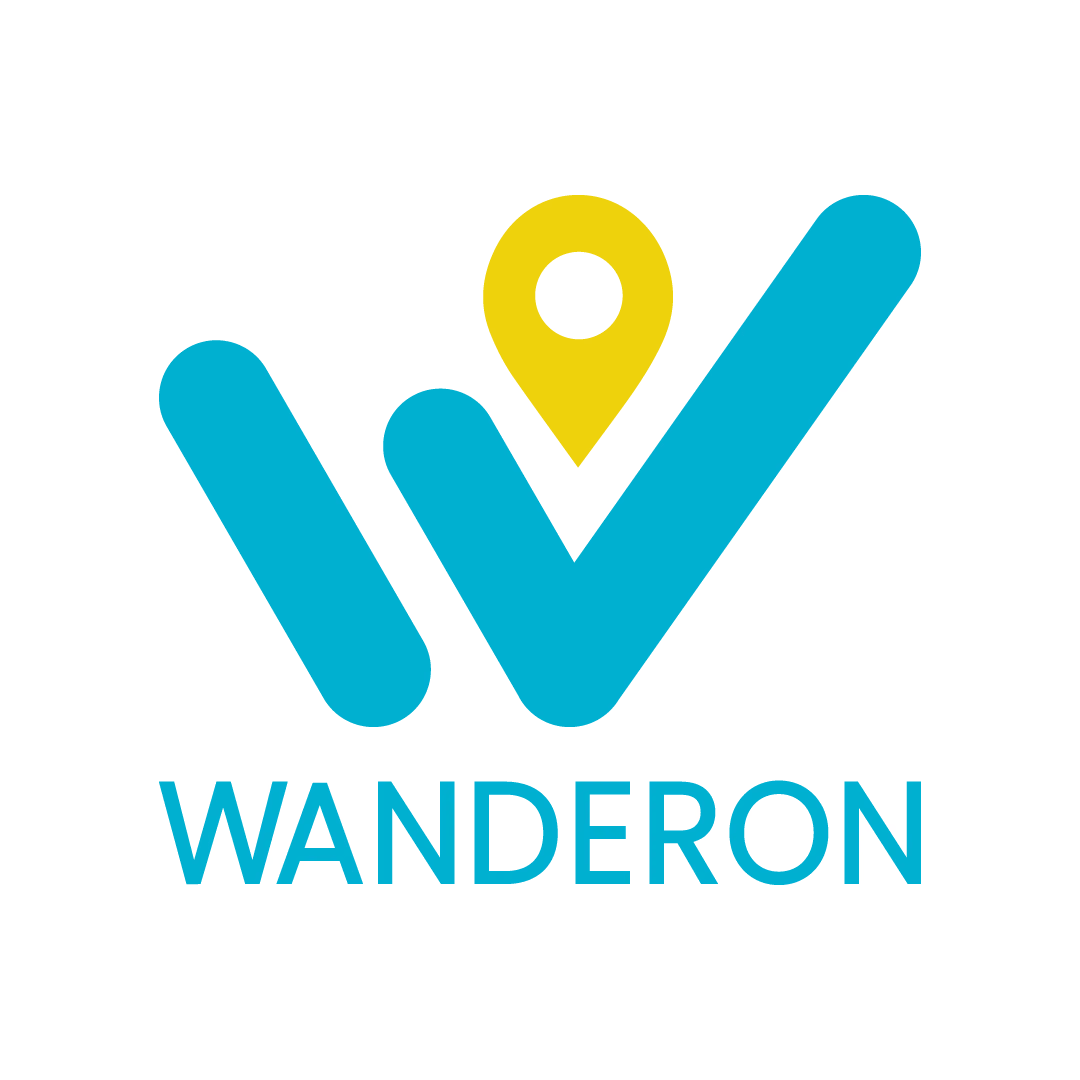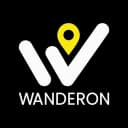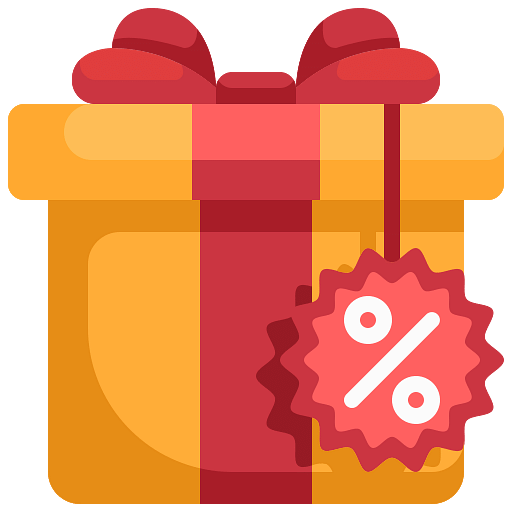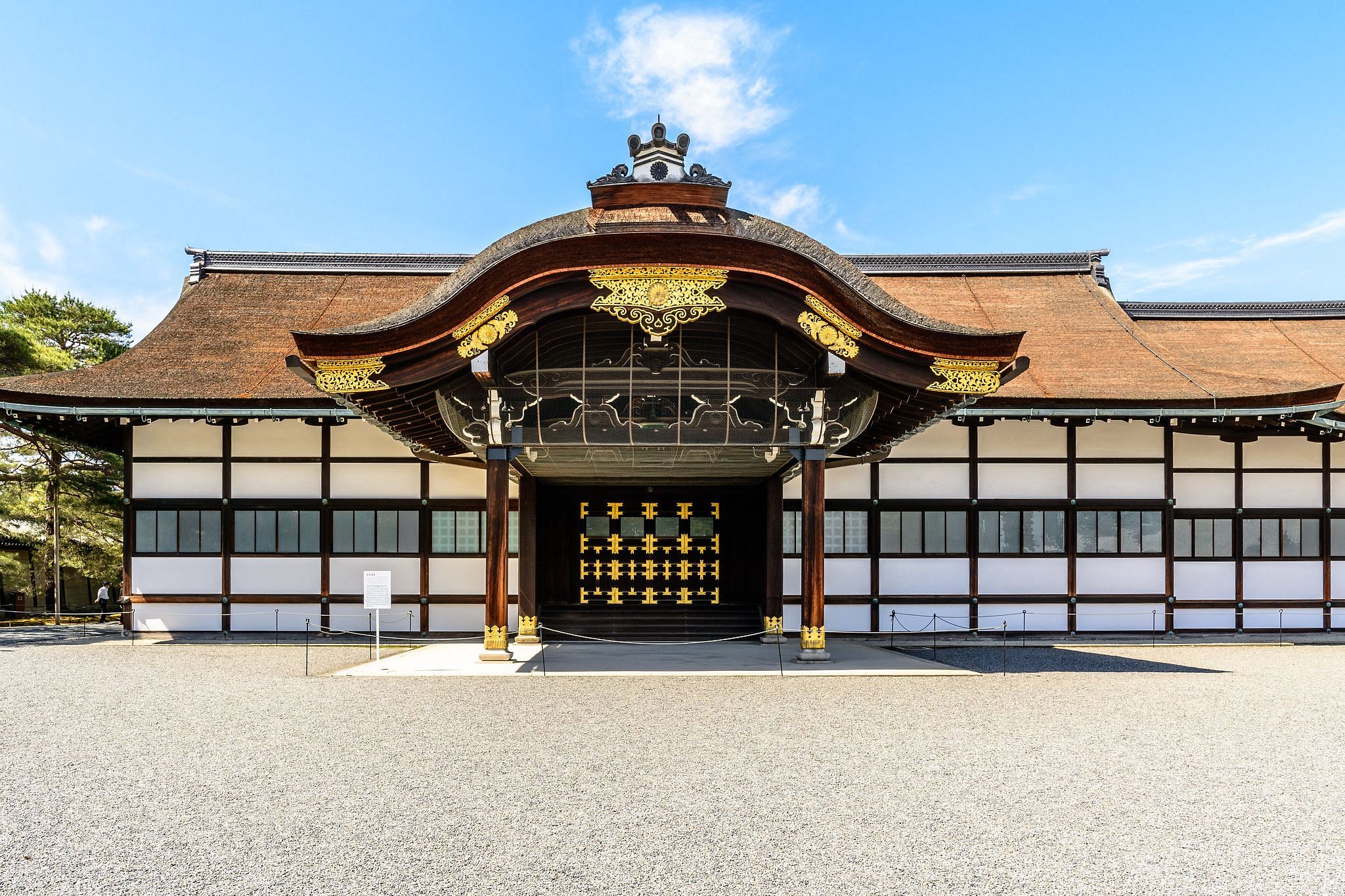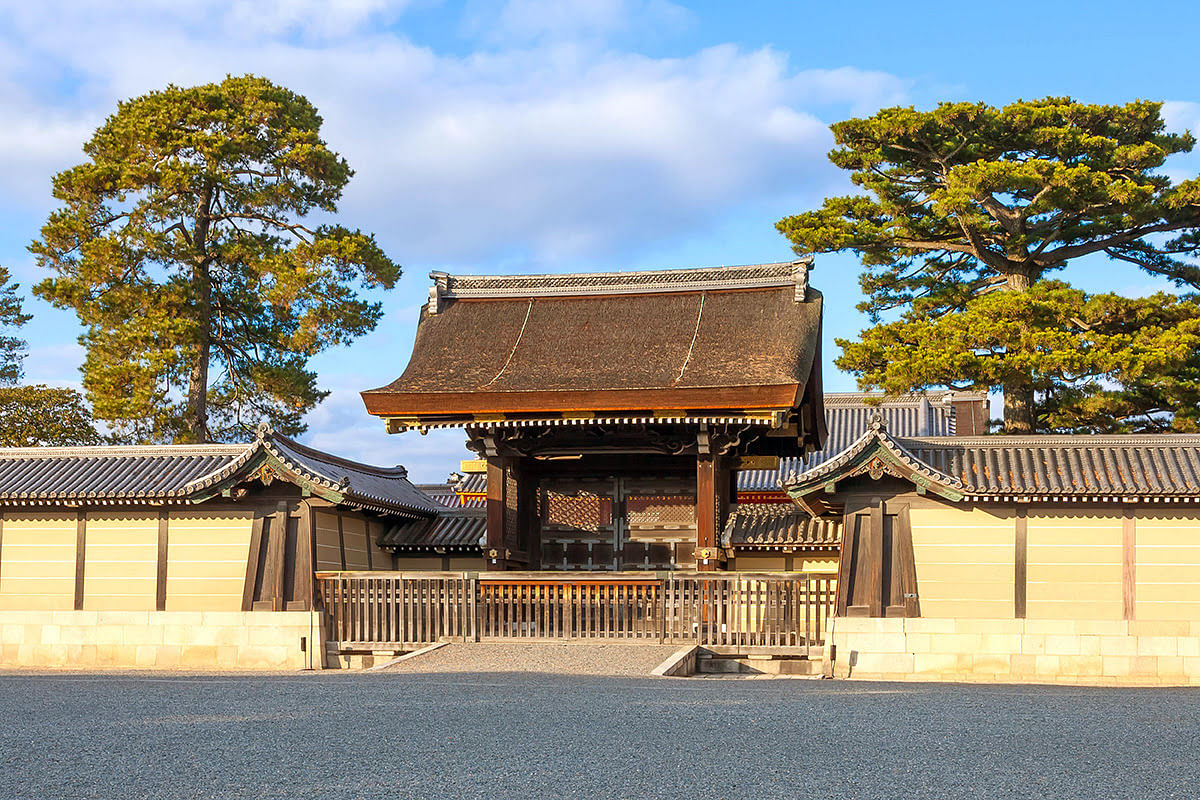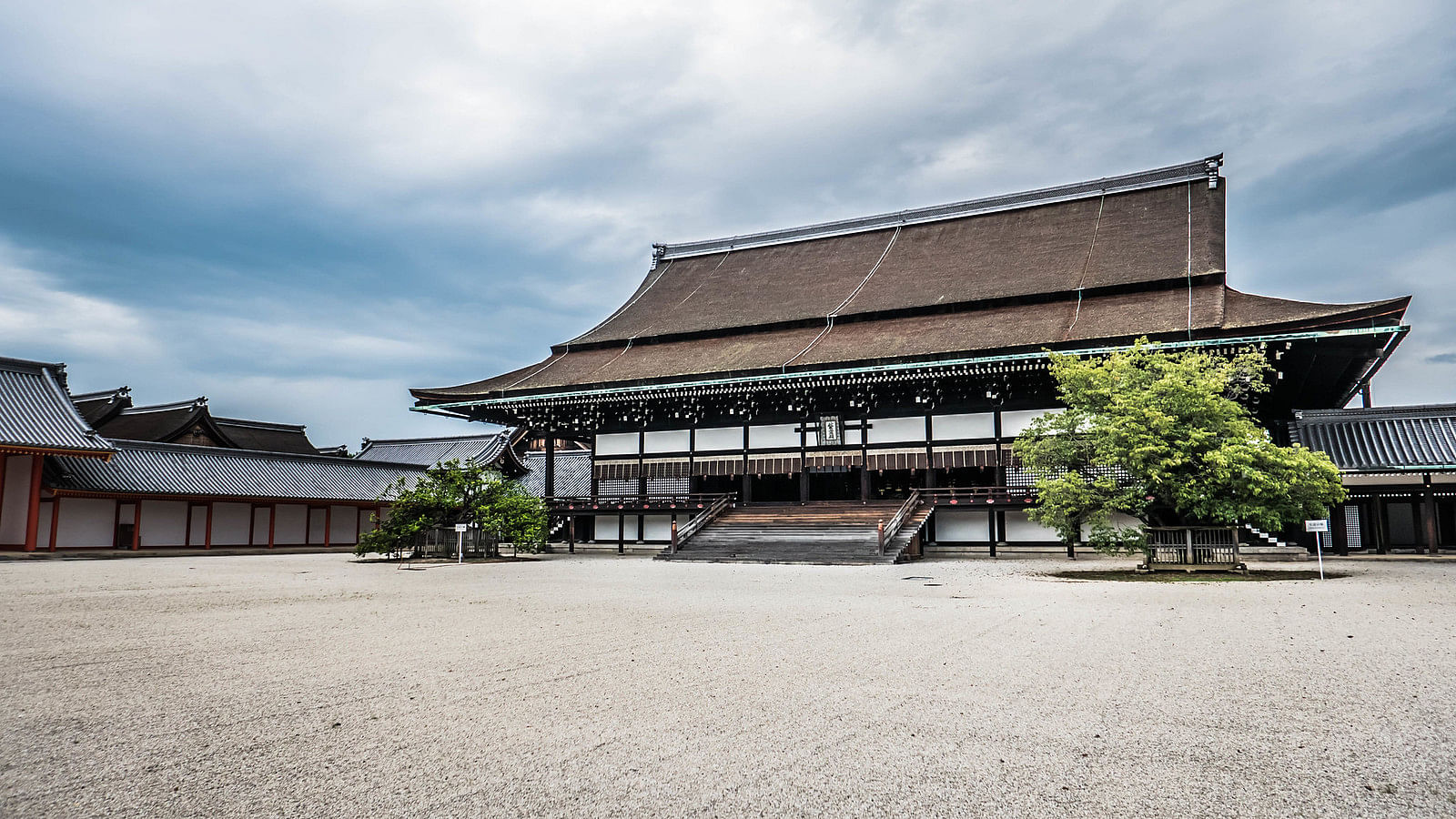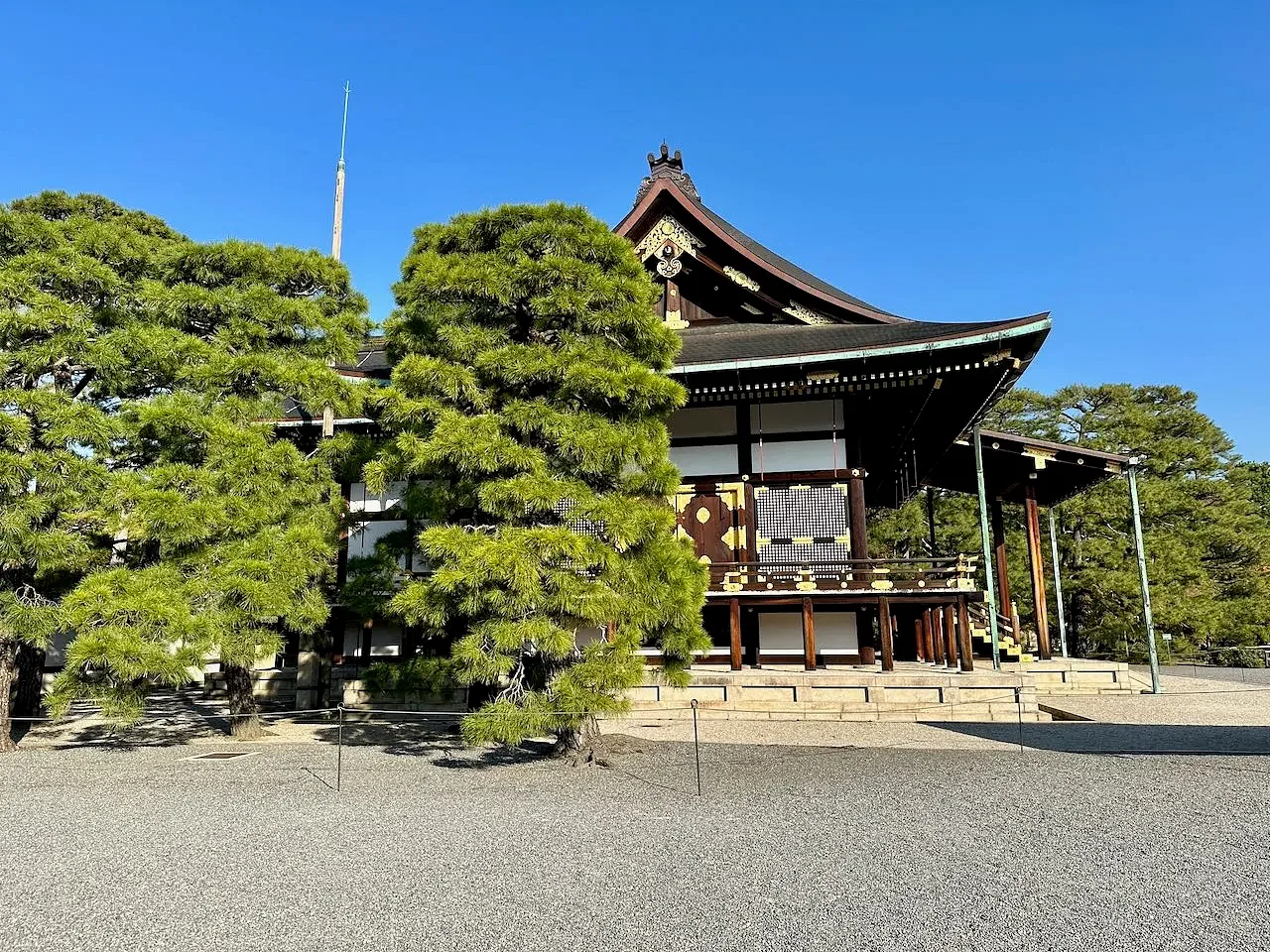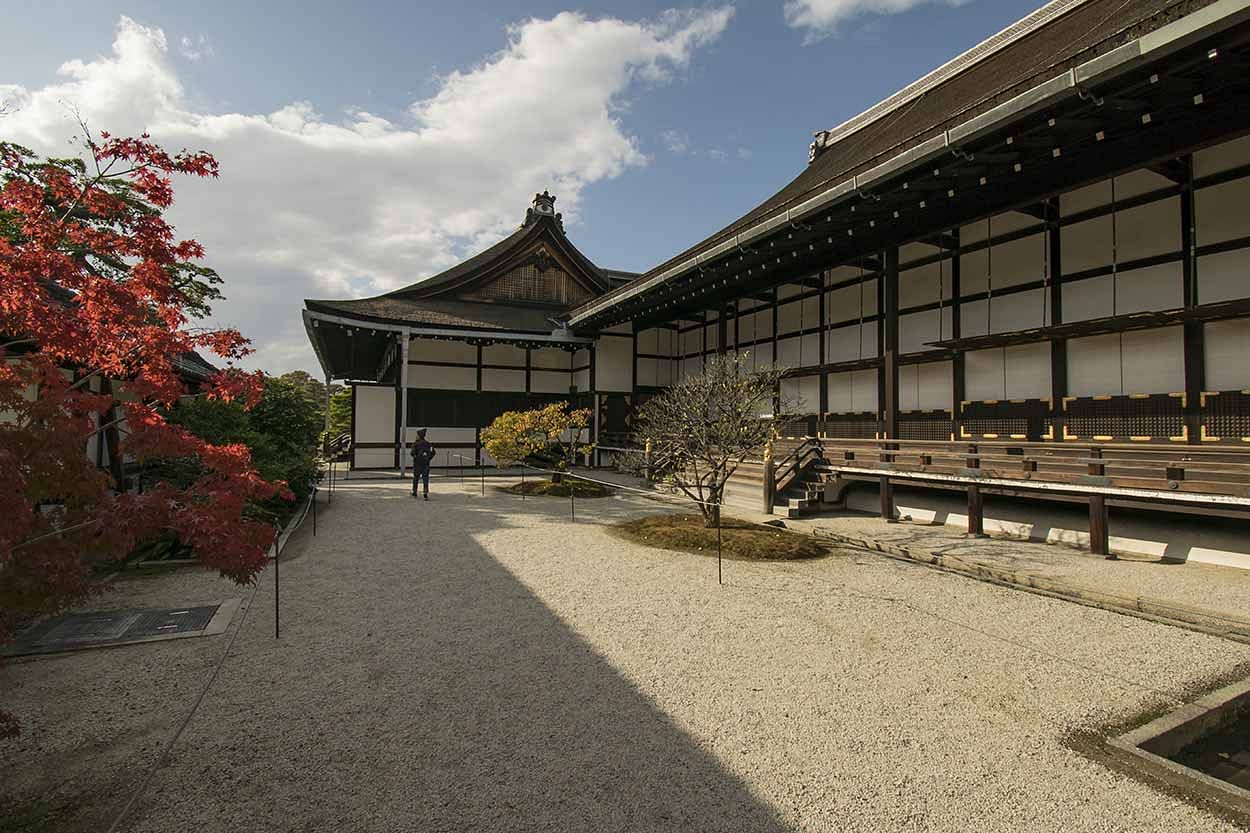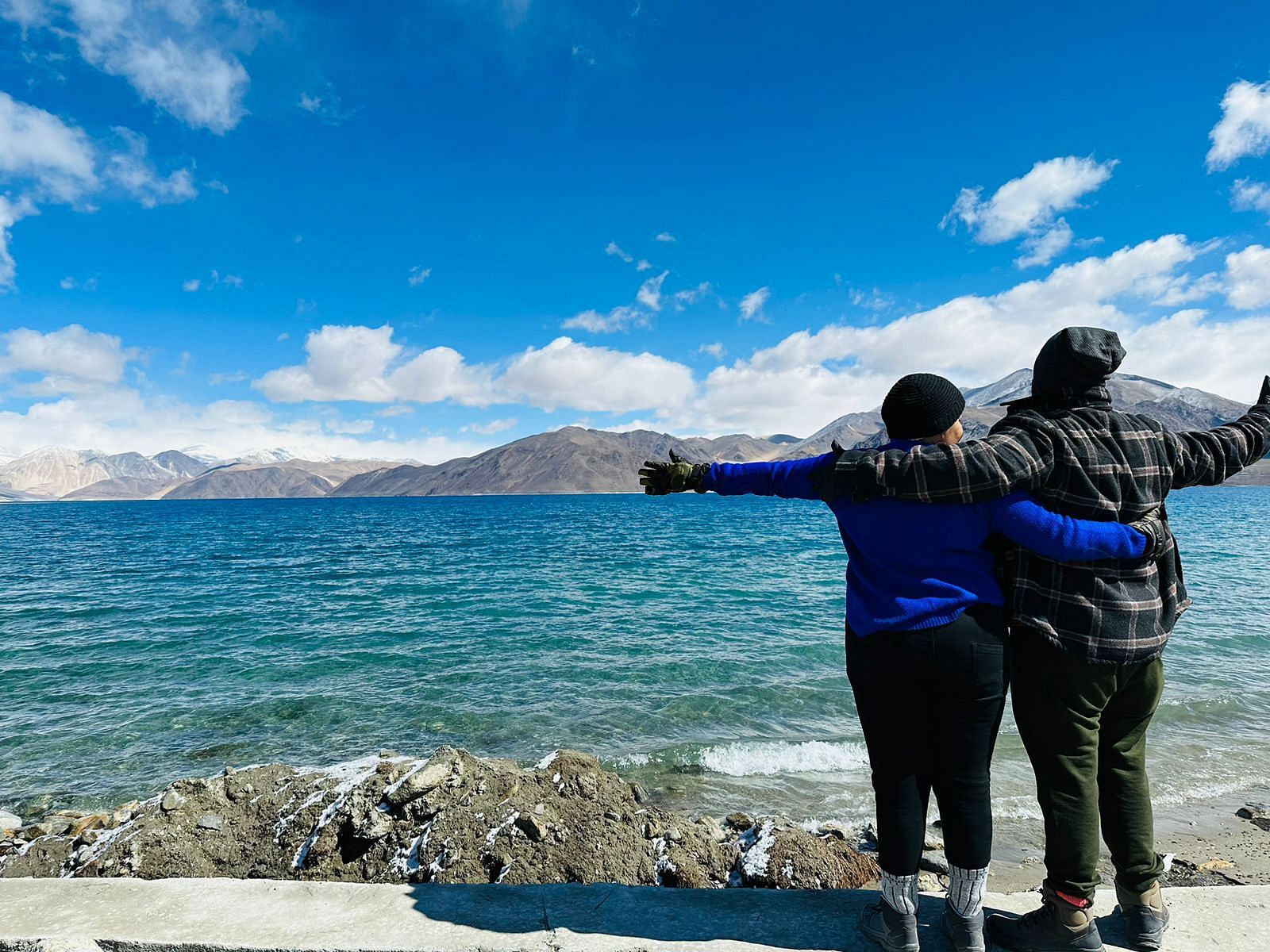The Kyoto Imperial Palace is a must-see treasure among places to visit in Kyoto. As the former home of Japan’s emperors for nearly 500 years, this huge palace complex offers visitors a glimpse into Japan’s rich imperial history. Located in central Kyoto, it’s surrounded by peaceful gardens and ancient walls that transport you back in time. While exploring things to do in Kyoto, you shouldn’t miss the palace’s stunning architecture, including the stately Shishinden ceremonial hall and the beautiful Oikeniwa garden.
Visitors can join free guided tours to learn fascinating stories about court life and royal ceremonies. Our Japan tour packages include the Imperial Palace as a highlight, often combined with visits to nearby temples like Fushimi Inari Tiasha, Kinkakuji Temple, Kiyomizu-dera Temple, and the famous Nijo Castle.
Pro tip: visit during cherry blossom season when the grounds transform into a pink wonderland or autumn when the maple trees put on a fiery fashion show that would make any emperor jealous. In this blog, we’ll take you through its history, features, ticketing details, and everything else you need to know to make your visit a memorable experience.
A Journey Through History
The Kyoto Imperial Palace has a long and fascinating history that dates back to the late 8th century. During the Heian Period (794–1185), Kyoto was established as Japan’s capital city. At the heart of this capital stood the Imperial Palace Kyoto, known as “Kyoto Gosho” in Japanese, which served as the residence of the emperor and the center of political and cultural activity. Over the centuries, the palace has undergone several reconstructions due to damage from fires and natural disasters. The current structure was rebuilt in 1855, maintaining the traditional architectural style that defines its historical importance. Though no longer the emperor’s official residence—since the capital moved to Tokyo in 1868—the Imperial Palace Kyoto remains a revered landmark, preserving the legacy of Japan’s imperial past.
For over a thousand years, the Kyoto Palace played a significant role in shaping Japan’s history. It was here that emperors performed important rituals, issued proclamations, and hosted dignitaries. Today, it serves as a historical site where visitors can experience the grandeur of Japan’s imperial traditions. Exploring the Imperial Palace Kyoto is one of the best things to do in Japan.
Untold Story: The Kyoto Imperial Palace has a lesser-known architectural feature designed to ward off evil spirits. According to traditional beliefs, the northeast direction, known as “kimon,” is considered unlucky. To counteract this, the palace’s northeast corner, called “Sarugatsuji,” was constructed with a concave shape, effectively eliminating a direct northeast-facing corner. Additionally, a wooden monkey statue was placed under the eaves of this corner, as monkeys were believed to protect against misfortune.
This unique design reflects the palace architects’ deep consideration of spiritual beliefs, seamlessly integrating them into the structural layout to ensure the safety and prosperity of its imperial inhabitants.
Suggested Read: Shinjuku Gyoen National Garden
The Architectural Splendor of Kyoto Imperial Palace
The Kyoto Imperial Palace is an exceptional example of Japanese architectural finesse. The buildings and grounds are designed in the shinden-zukuri style, a traditional layout that emphasizes open spaces, elegant wooden structures, and seamless integration with natural surroundings.1. Shishinden (Hall for State Ceremonies): The Shishinden is the most prominent structure within the Kyoto Imperial Palace. This grand hall was used for important ceremonies, including coronations and state functions. Its spacious design, characterized by a high ceiling, wooden pillars, and tiled roof, exudes elegance and authority.
2. Seiryo-den (Emperor’s Living Quarters): The Seiryo-den served as the private residence of the emperor. Unlike the grand Shishinden, this building is simpler in design, showcasing understated elegance that reflects Japanese aesthetic values. Walking through the Seiryo-den offers a glimpse into the daily life of Japan’s emperors.
3. Oikeniwa Garden: The palace’s gardens are equally beautiful. The Oikeniwa Garden, a meticulously landscaped area with ponds, bridges, and seasonal plants, is a highlight for many visitors. This garden is designed to harmonize with the surrounding architecture, creating a peaceful retreat that embodies the beauty of Japanese nature.
4. Other Structures: The complex includes other notable buildings, such as the Tsunegoten (imperial sleeping quarters) and the Kogosho (meeting hall). Each structure has its unique historical significance, contributing to the overall beauty of the Imperial Palace Kyoto.
Experiencing the Kyoto Imperial Palace
Visiting the Imperial Palace Kyoto is like stepping back in time. As you walk through its majestic halls and peaceful gardens, you’ll feel immersed in the world of ancient Japan. You might also like to go shopping in Kyoto after your day at this palace.1. Guided Tours: One of the best ways to explore the Imperial Palace Kyoto is by joining a guided tour. These tours provide insightful commentary about the history, architecture, and cultural significance of the palace. English-speaking guides are available, making it easy for international visitors to understand and appreciate the site.
2. Cultural Highlights: Inside the palace, you’ll find traditional furnishings, intricate woodwork, and symbolic artwork that represent Japan’s imperial legacy. Visitors are often amazed by the level of craftsmanship that went into creating these masterpieces.
3. Photography Opportunities: The Kyoto Palace is a photographer’s paradise. The contrast between the wooden buildings, greenery, and colorful seasonal flowers creates stunning visual compositions. Spring, with its cherry blossoms, and autumn, with its fiery foliage, are particular times to visit. You must also visit Nanzen-Ji Temple located nearby.
Suggested Read: Akihabara Electric Town
Kyoto Imperial Palace Tickets and Entry
One of the most appealing aspects of visiting the Kyoto Imperial Palace is that admission is free. However, registration is required for guided tours, which can be done online through the official Imperial Household Agency website. This system ensures a smooth and organized visit while limiting the number of visitors at any given time.While entry to the palace itself doesn’t require tickets, some events or exhibitions held within the grounds may involve additional costs. These are referred to as Kyoto Imperial Palace tickets for special occasions. Visitors interested in such events are encouraged to check online for the latest updates on ticket availability.
To make your visit smooth, always verify the details about Kyoto Imperial Palace tickets well in advance, especially if you’re planning your trip during peak tourist seasons. Being prepared ensures you won’t miss out on the enriching experience of exploring this historical treasure.
Kyoto Imperial Palace Hours
The Kyoto Imperial Palace hours typically range from 9:00 AM to 5:00 PM, with the last admission at 4:30 PM. However, these hours may vary depending on the season, national holidays, or special events. During certain periods, such as cherry blossom season or autumn foliage, extended hours may be offered to accommodate more visitors. It’s worth noting that the palace is closed on certain days, including New Year’s holidays. Before planning your visit, it’s advisable to check the official schedule to confirm the Kyoto Imperial Palace hours and ensure you don’t miss out on this incredible attraction.
Suggested Read: Universal Studio Japan
Seasonal Highlights
The Kyoto Imperial Palace is stunning in every season, each offering a unique Beauty:
- Spring: During spring, the palace is surrounded by cherry blossoms in full bloom. This season is a favorite among visitors who come to enjoy the beauty of the gardens and participate in hanami (flower viewing).
- Summer: The greenery of summer provides a colorful and peaceful atmosphere. Though temperatures may be warm, the shaded paths and cool ponds make it a pleasant experience.
- Autumn: Autumn transforms the palace grounds into a fiery wonderland of red, orange, and yellow hues. The crisp air and colorful leaves make this an ideal time to visit.
- Winter: In winter, the Kyoto Palace takes on a quiet, almost mystical beauty. Snow-covered roofs and barren trees create a peaceful, minimalist landscape.
Tips for Visiting the Kyoto Imperial Palace
To make the most of your visit to the Kyoto Imperial Palace, keep the following tips in mind: - Plan Ahead: Since admission requires advance registration, book your guided tour online to secure your spot.
- Dress Comfortably: Wear comfortable walking shoes and dress appropriately for the weather. The palace grounds are expansive, so be prepared to spend several hours exploring.
- Bring Essentials: Carry water, sunscreen, and a hat during the summer months. In colder seasons, bring a jacket to stay warm.
- Respect the Rules: As the palace is a protected historic site, visitors are expected to follow the guidelines, such as staying on designated paths and refraining from touching structures.
- Combine Your Visit: The palace is located within the Kyoto Gyoen National Garden, which also houses other attractions like the Sento Imperial Palace and Kaninnomiya Mansion.
Kyoto Imperial Palace in Modern Times
Although the Kyoto Imperial Palace no longer serves as the emperor’s residence, it plays a vital role in preserving Japan’s imperial heritage. Managed by the Imperial Household Agency, the palace hosts various cultural events and ceremonies that celebrate Japanese traditions.
One of the most notable events held here is the Aoi Matsuri, an annual festival featuring colorful processions and ancient rituals. Attending such events offers a rare glimpse into Japan’s living traditions, blending the past with the present.
Suggested Read: Mount Fuji, Japan
Why Visit the Kyoto Imperial Palace?
The Kyoto Imperial Palace is more than just a historic site; it’s a living testament to Japan’s cultural and architectural brilliance. Visiting this iconic landmark allows you to: Experience the grandeur of imperial architecture.
Learn about Japan’s rich history through guided tours.
Enjoy the peaceful beauty of traditional Japanese gardens.
Witness seasonal highlights, such as cherry blossoms and autumn foliage.
Visitors should always plan ahead by checking the Kyoto Imperial Palace tickets availability and entry regulations to ensure a seamless experience.
Kyoto Imperial Palace is another structure that can be associated with the imperial history of Japan. It is certainly one of the places that a person touring Kyoto ought to visit because of its beautiful buildings, its gardens, and its historical value. While gawking at the dazzling artistic features of the Shishinden or the Oikeniwa Garden, or even listening to the fascinating stories about the palace, you will get to explore and be encouraged from your trip.
Make sure you schedule your visit in advance by looking at the operating times of the Kyoto Palace, making arrangements for a guided session, and uncovering the everlasting history of the place. For foreign and local tourists, the beauty and aura of the Kyoto Palace are unmatched treasures that they should take advantage of.
